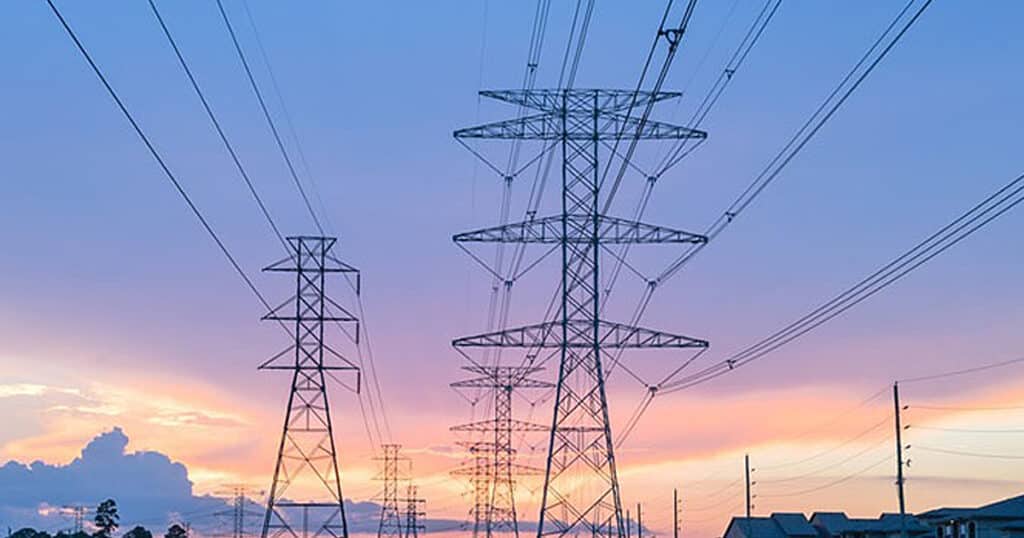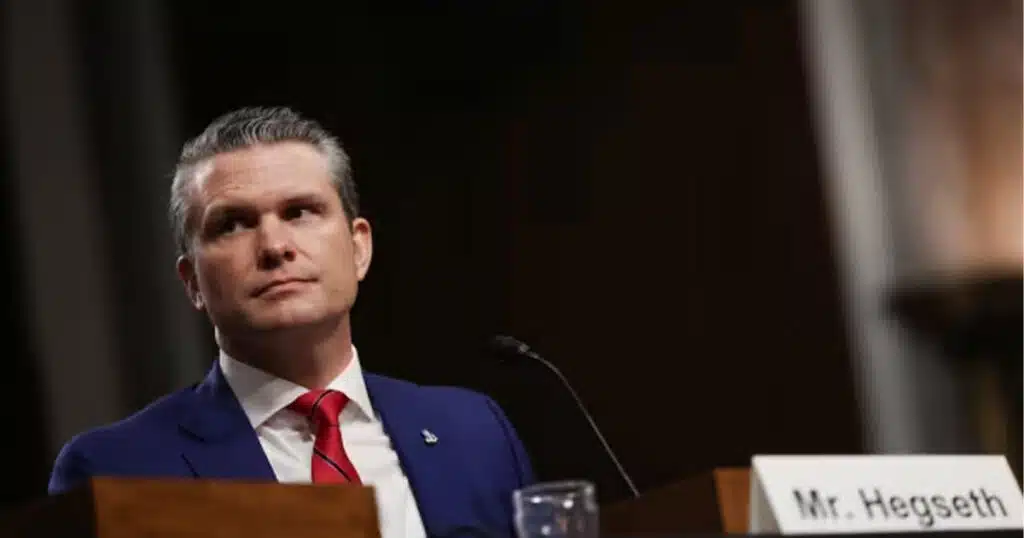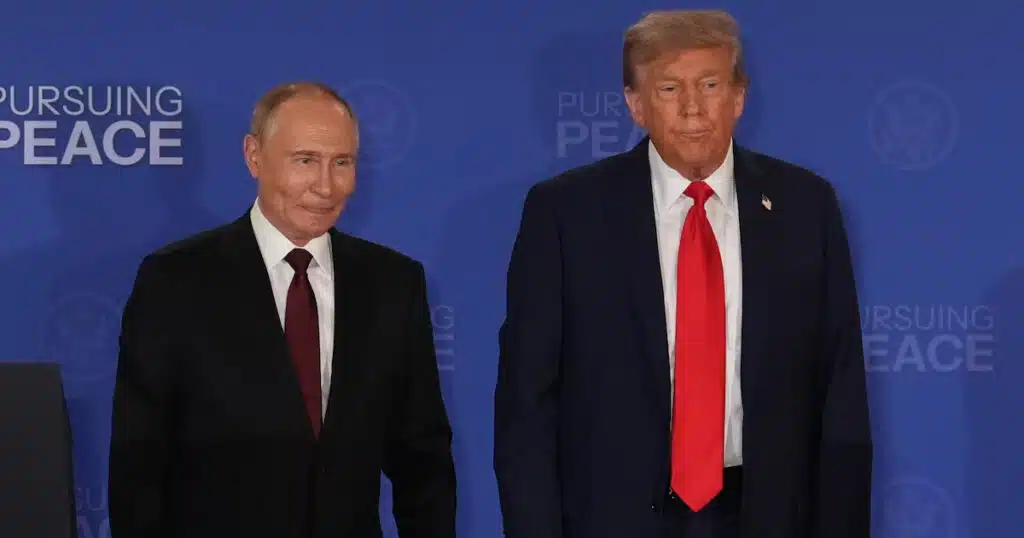
To Win the AI Race, We Need to Build Out American Transmission
In President Trump’s bid to beat China in the AI race, the administration is embracing the need to expand and modernize the U.S. grid. That shouldn’t come as a surprise. Building out high-voltage transmission lines and expanding the capacity of existing lines is central to our ability to move more power strategically and limit cost increases in the face of increasing demand.
The President’s recently released AI Action Plan and accompanying executive orders emphasized the need to not only build more generation but also energy infrastructure like high-voltage transmission lines. With electricity demand projected to increase by 25% by 2030 and nearly 80% by 2050, the administration is right to acknowledge that expanding generation alone isn’t enough. We must also increase our capacity to move that electricity across existing and new lines.
Experts are already calling for the need to expand and modernize the grid. DOE’s National Transmission Planning Study, released in October 2024, found that, to provide reliable and affordable power in the face of demand driven primarily by AI, onshoring of manufacturing, and electrification, we need to at least double the size of our grid. Without addressing these capacity limitations, electricity prices are expected to continue rising.
Yet, we are currently moving in the wrong direction. Between 2010 and 2014, the U.S. built almost 1,800 miles of new high-voltage transmission lines. That number dropped to around 942 new miles between 2015 and 2019. Then further decreased to 536 new miles between 2020 and 2024. This is concerning given broader demand trends, and especially when considering that China is investing heavily in the buildout of transmission lines. In fact, between 2014 and 2021, China built 80 times more high-voltage transmission interconnections than the U.S.
Unfortunately, building new transmission lines is an extremely tall task in our current permitting system. Right now, transmission lines average a nearly 7-year permitting process before they can break ground. And that is just the average. It is not uncommon for transmission projects to wait over a decade to be approved. In the case of the TransWest Express project, it took 18 years to make it through all the regulatory hurdles that simply allowed construction to commence.
In addition to building new lines, we also need to address the age of our existing infrastructure, much of which was built in the 1960s and 70s and is now well into the back half of its lifespan. Boosting capacity doesn’t mean starting from scratch. We can upgrade existing lines with modern technology that allows them to move more power, more efficiently. Grid-enhancing technologies, such as advanced reconductoring and dynamic line ratings, offer a cost-effective, near-term way to bolster our grid. In some cases, they can increase transmission capacity by up to 30% without building a single new line.
To support efforts to build out and modernize our grid, we must first address the gauntlet of permitting hurdles these projects face. Reforming laws like the National Environmental Policy Act (NEPA) and the Clean Water Act (CWA)—along with the judicial review process—is a critical first step to maintaining our world-class environmental standards while also allowing America to build. It’s well-known that the highest level of environmental review delays projects by an average of four years. On top of that, litigation often adds further delays and uncertainty for developers, despite agencies ultimately winning around 80% of appeals, meaning these delays typically offer no substantial environmental or public health benefit.
However, planning transmission projects comes with an added layer of complexity: construction permits must be approved by every affected state, local, and Tribal government. In contrast, oil and gas pipelines, also a form of linear infrastructure, follow a much more streamlined process, thanks to the Federal Energy Regulatory Commission’s (FERC) full siting authority. Granting FERC backstop siting authority for high-voltage transmission would help incentivize states to collaborate on these much-needed projects.
It’s also critical to advance policies that sort out who will pay for transmission investments. In the eastern U.S., existing Regional Transmission Organizations (RTOs) provide mechanisms to help address cost allocation. But in the non-RTO West, where such structures are limited or absent, more targeted policy changes could help fill the gap. While cost allocation is a complex issue, there are creative and practical solutions worth exploring.
Finally, to further incentivize the development of high-voltage transmission lines, directing more funds under the Transmission Facilitation Program toward capacity contracting could help finance these large-scale infrastructure projects. Capacity contracting allows the Department of Energy to purchase a portion of a line’s capacity upfront, helping de-risk the project financially, and then resell that capacity once demand materializes. This approach provides early-stage financing support without requiring new long-term government spending.
As Secretary Wright has said when asked how we’ll meet growing demand, “the biggest challenge is going to be building the electrical grid and the electric production infrastructure.” If America wants to lead in AI while providing Americans with affordable and reliable energy, we need a grid capable of moving unprecedented amounts of electricity. President Trump is right to call for a rapid buildout of this critical infrastructure. It’s time to build the grid America needs.
Sarah Rosa is the policy director at the American Conservation Coalition (ACC). She’s based in Sacramento, California.
This article was originally published by RealClearEnergy and made available via RealClearWire.



